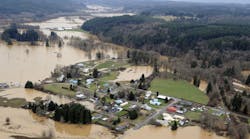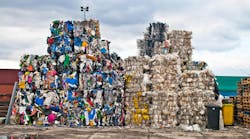Investigation finds New York City must better prepare for future storms
An investigation released by Comptroller Brad Lander and his office analyzed New York City’s storm operations, interagency coordination, emergency communications to the public, community preparedness and stormwater infrastructure improvements.
Seven months after Tropical Storm Ophelia inundated the City with over eight inches of rain and investigation was released by the Comptroller on findings into how New York City handled the storm, along with key recommendations to better prepare for extreme weather and flooding conditions.
“Extreme storms are coming more frequently, so New York City must do the work to be more prepared for them,” said New York City Comptroller Brad Lander in a press release.
“That means modernizing our catch basins, making sure the cleaning trucks are in service, and notifying New Yorkers—especially the most vulnerable—more swiftly before the next storm hits. And it means focusing capital process reforms and leadership attention on stormwater infrastructure improvements, so those projects don’t languish for decades while the climate crisis moves faster than we do,” said Lander.
The investigations key findings include stormwater infrastructure improvements including things like DEP installing new catch basin designs that would reduce the time and labor to clean catch basins; more than 60% of the city’s stormwater infrastructure projects are behind schedule, with an average delay of nearly two years; DEP’s 10-year capital plan includes $875 million for emergency reconstruction of sewers across 66 projects—more than 8% of DEP’s capital budget.
The Comptoller’s office made 11 recommendations as a result of its investigation including improvements to stormwater infrastructure assessments to maintain a state of good repair, and replacement of aging catch basin cleaning trucks and retrofitting catch basins across the City with modern designs.


